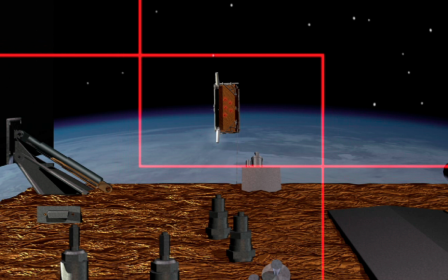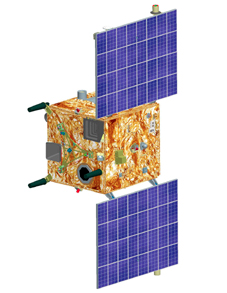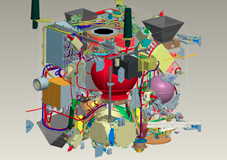
|
SUPPORT SITE |
|
PRISMA -- The `"Prototype Research Instruments and Space Mission technology Advancement". The Swedish Space Corporation (SSC) has developed the two-spacecraft PRISMA mission to demonstrate critical technologies for enabling various types of proximity operations: rendezvous, sustained formation flying, and collision avoidance.
SSC has a TAA in place with Princeton Satellite Systems covering the areas of guidance and navigation for which PRISMA is targeted. PSS developed the collision avoidance and safe orbit guidance algorithms that are flying on PRISMA.
PRISMA was launched on June 15, 2010. The orbit controlled satellite "Mango" separated from the target satellite "Tango" on August 15, 2010. All primary experiments are complete.




Mango has multiple sensors for space situational awareness, including:
Dec. 3, 2010 Press Release: Flight Experiment Opportunities for Proximity Operations Now Provided by the Two-Spacecraft PRISMA Mission
At the end of nominal mission operations, Mango is expected to have 50+ m/s of delta-v remaining. This creates a unique opportunity for using the PRISMA satellites as an on-orbit testbed for proximity operations.
Click here to read the white paper entitled "SSC Stretches the Prisma Mission - An Invitation". This paper first describes the Prisma mission, the spacecraft designs and capabilities, and the overall GN&C specifications. It then explains how interested parties can plan a ``User Experiment'' of PRISMA, tailored to meet their own needs.
Interested? Download the PRISMA User Experiment Short Facts and Description Form, fill it out and return it to the point of contact listed on the form.
The following sample forms have been filled out for two different example experiments:
PRISMA Orbit Constellation Safety
Robust Collision Avoidance Maneuver Planning for PRISMA
For more information: PRISMA Inquiry